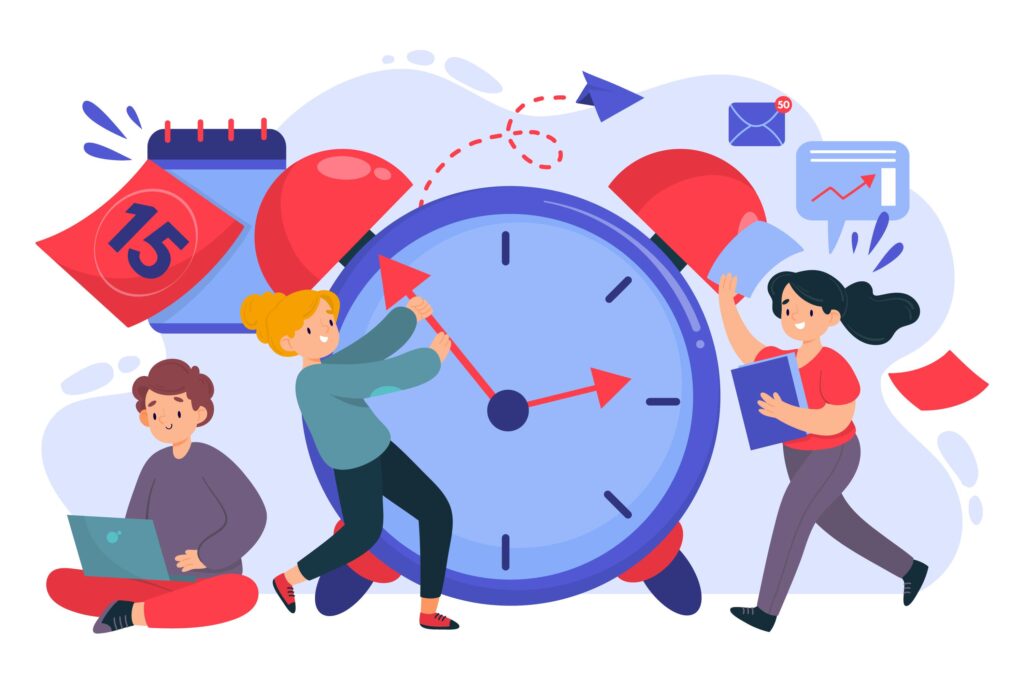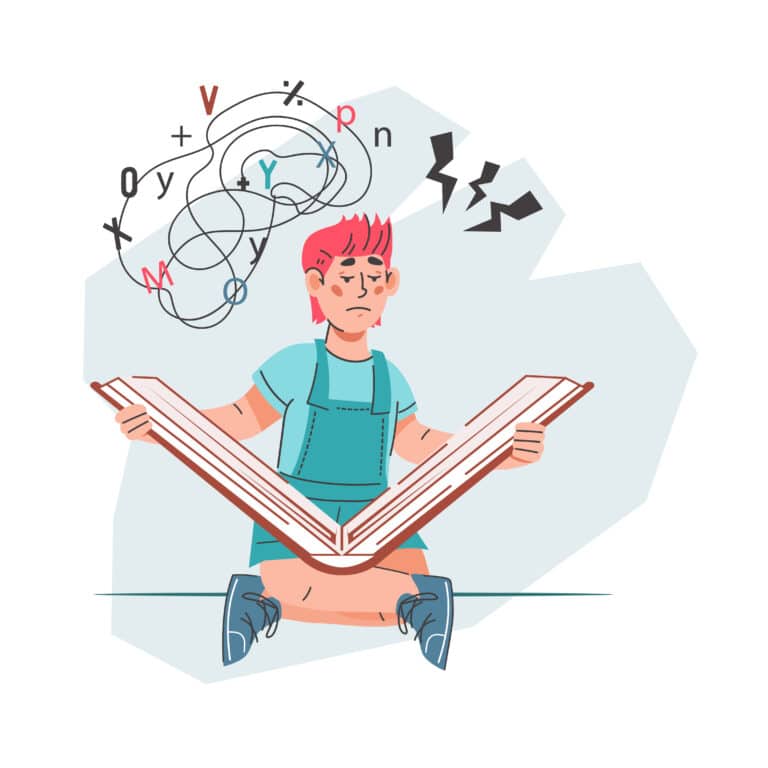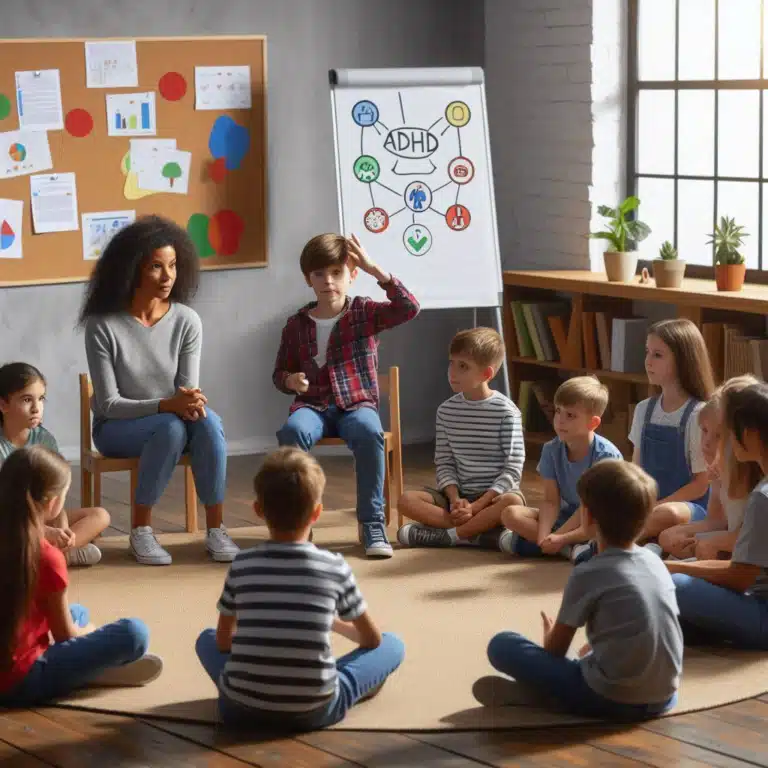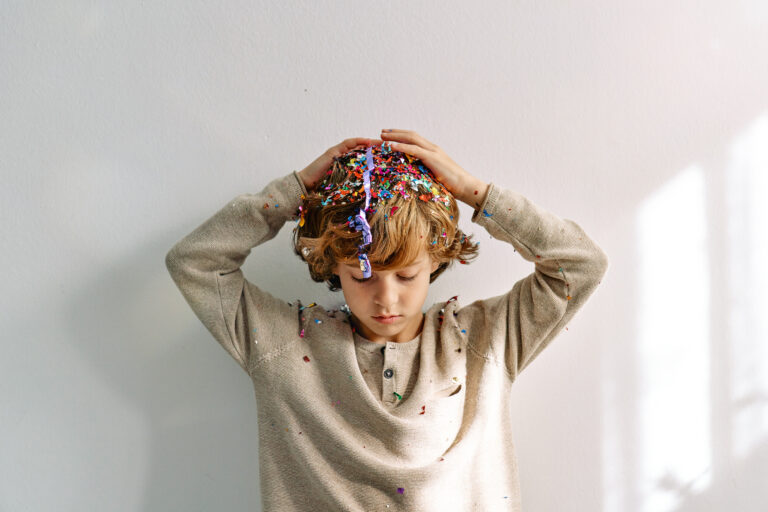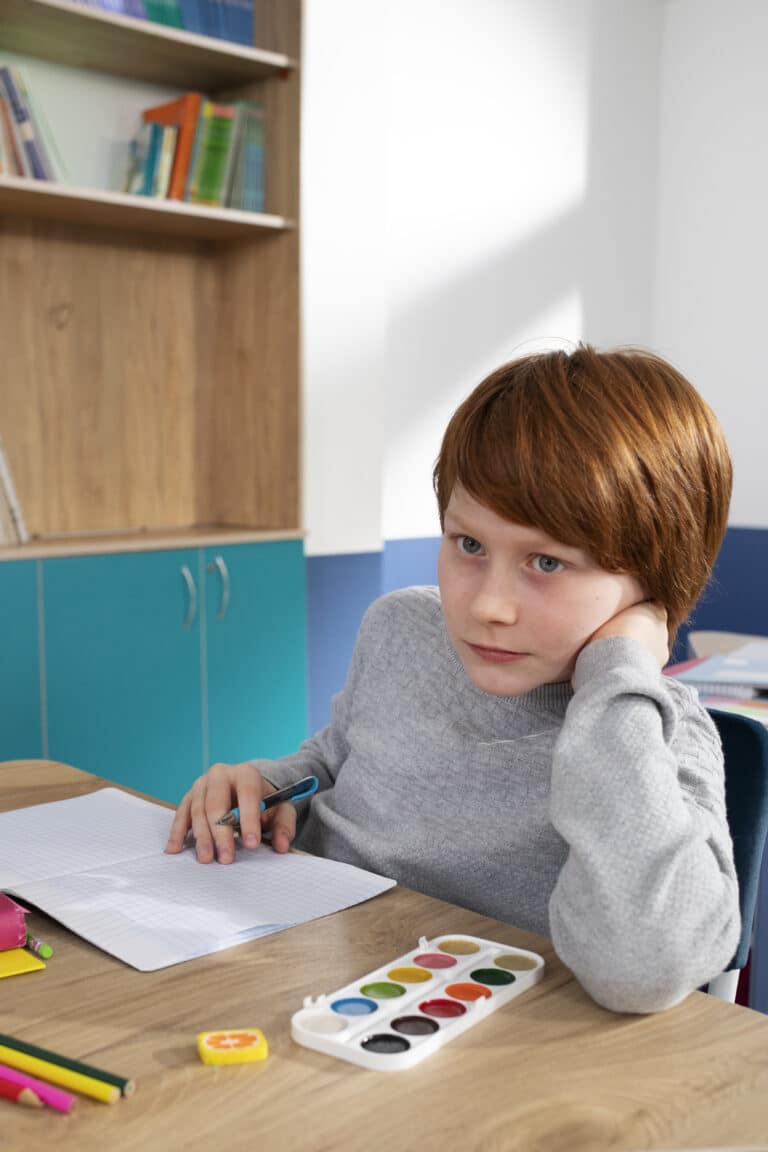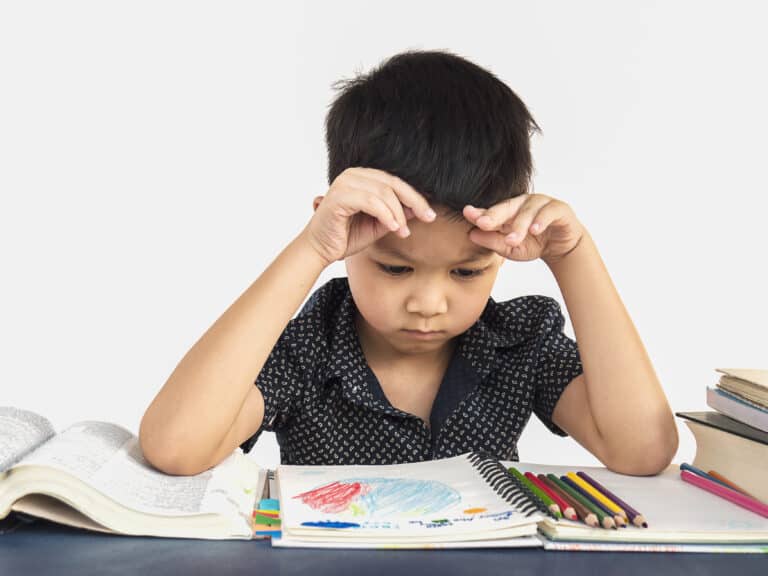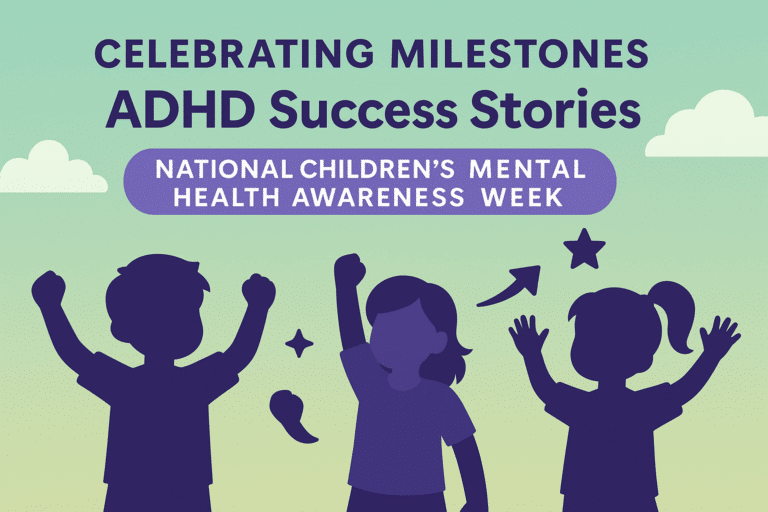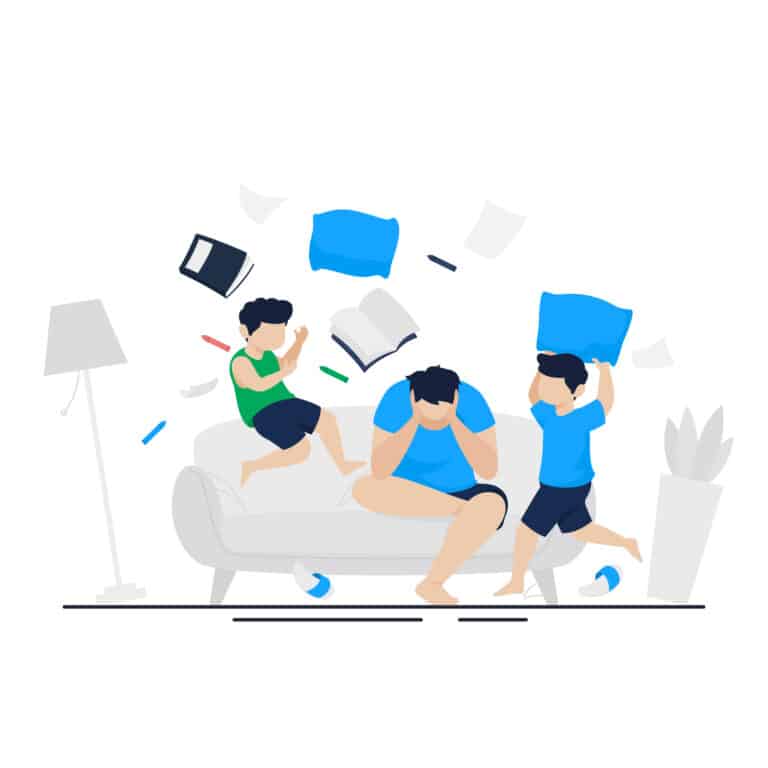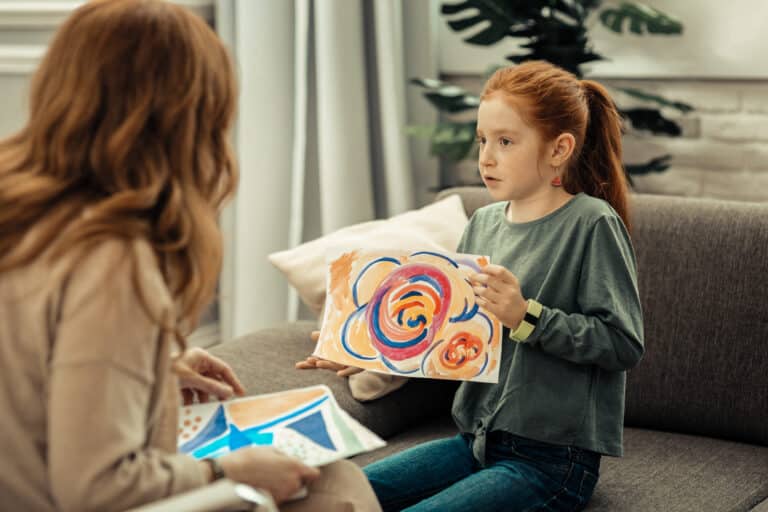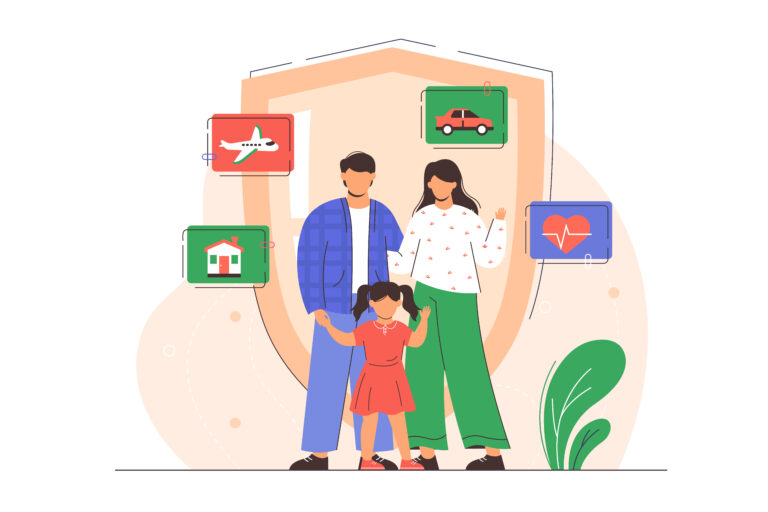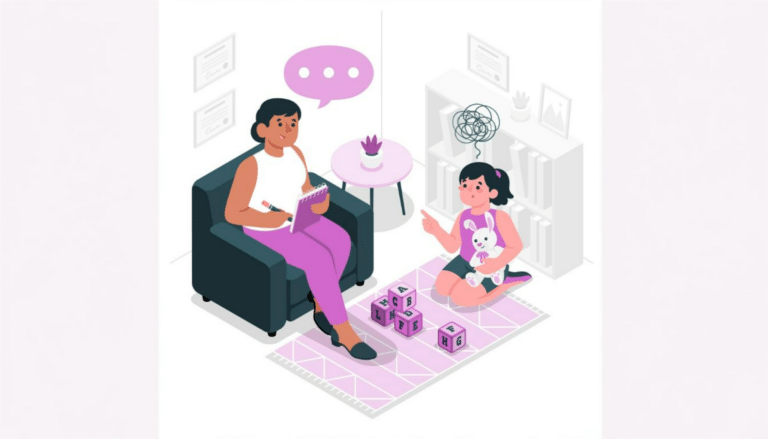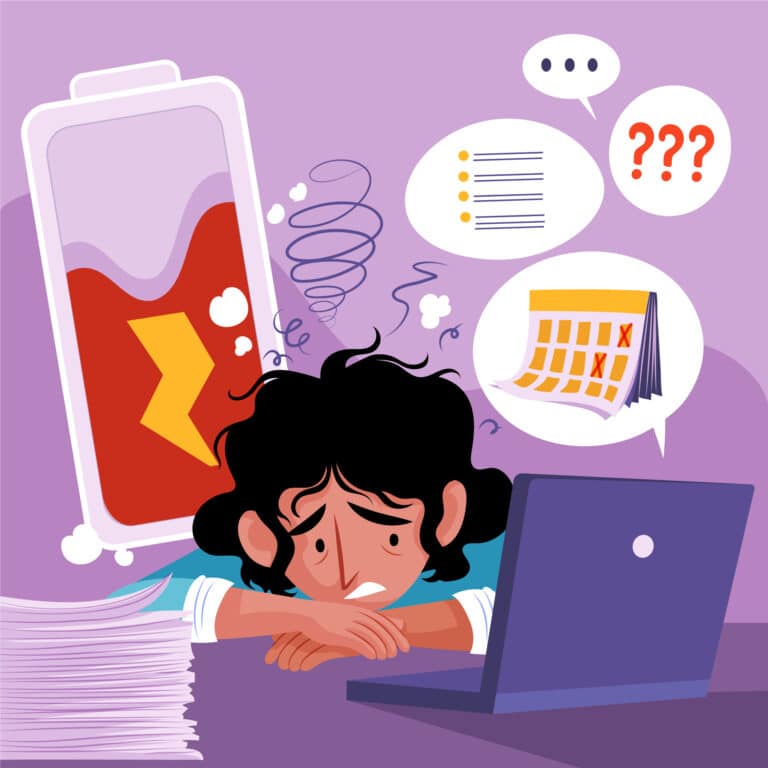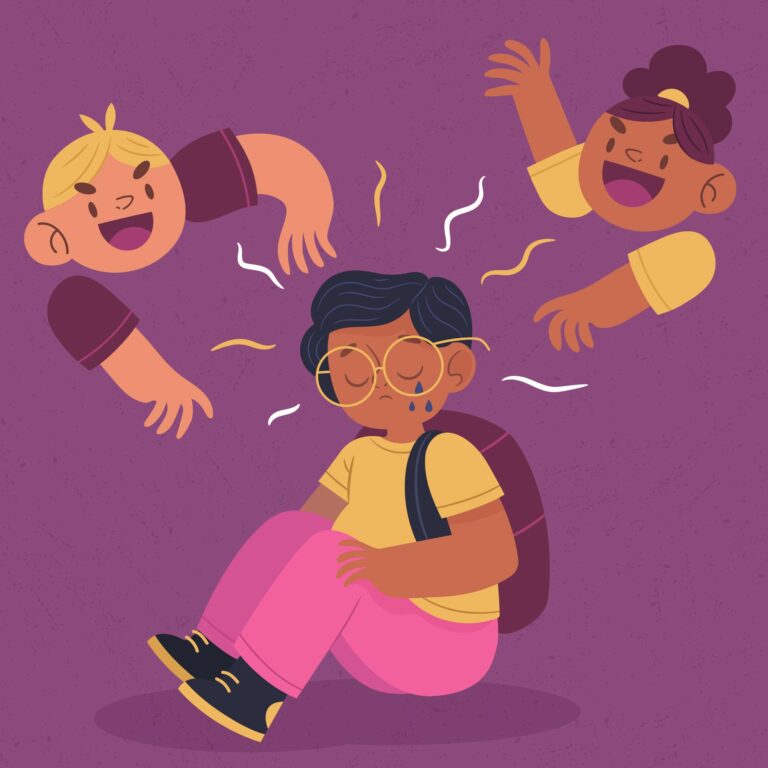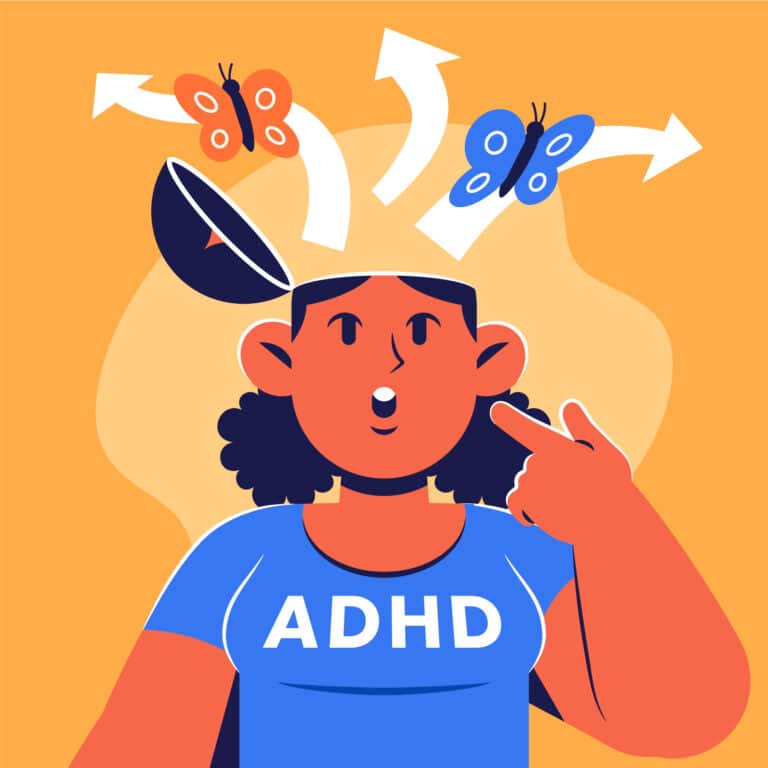Understanding Time Blindness
Time blindness is a common challenge among children with Attention Deficit Hyperactivity Disorder (ADHD). It refers to difficulty in sensing the passage of time or estimating how long tasks might take. Unlike simply “losing track of time,” time blindness represents a fundamental difference in time perception, often making daily routines and transitions more difficult for children with ADHD.
Time Blindness and ADHD: How Are They Connected?
ADHD affects executive function, which is critical for time management and planning. This connection leads to:
- Difficulty estimating time for tasks.
- Losing awareness of time during activities.
- Struggling to meet deadlines or transition effectively between tasks.
The ADHD brain often craves stimulation and can hyperfocus on engaging activities, distorting the perception of time and contributing to the challenges of time blindness.
Signs and Symptoms of Time Blindness in Children
Identifying time blindness involves recognizing specific behaviors, such as:
- Frequently being late or rushing to complete tasks.
- Difficulty starting or stopping activities on time.
- Struggling to estimate task durations accurately.
- Relying heavily on external reminders to stay on schedule.
- Feeling overwhelmed by a perceived lack of time or the sudden passage of time.
The Impact of Time Blindness on Daily Life
Academic Challenges
Children may struggle to meet assignment deadlines or transition between subjects during school hours.
Social Impacts
Arriving late to social gatherings or missing appointments can strain peer relationships.
Emotional Struggles
Repeatedly falling short of expectations due to time mismanagement can lead to frustration, anxiety, and lowered self-esteem.
Practical Strategies to Manage Time Blindness
1. Use Visual Timers and Alarms
Visual cues like countdown timers and alarms help children gauge the passage of time and stay on track with tasks.
2. Break Tasks Into Smaller Steps
Dividing tasks into smaller, more manageable parts with mini-deadlines reduces overwhelm and improves focus.
3. Create Predictable Routines
Structured routines help children internalize time patterns, minimizing the need for constant recalibration.
4. Incorporate Time Management Tools
Tools like planners, color-coded schedules, or time-blocking techniques provide a clear framework for organizing activities.
5. Teach Time Awareness
Practice activities where children guess how long a task might take, then compare their estimates to actual times to build time estimation skills.
6. Buffer Time for Transitions
Allow extra time between activities to account for potential delays, reducing stress and keeping schedules flexible.
How Pathformers Can Help
Pathformers specializes in helping children with ADHD overcome challenges like time blindness. Our tailored courses on executive function and ADHD management provide families with actionable strategies and resources. Explore our tools to empower your child to manage their time effectively and succeed in all aspects of life.
Frequently Asked Questions
Q: What causes time blindness in children with ADHD?
A: Time blindness results from executive function deficits associated with ADHD, impacting the brain’s ability to estimate time and prioritize tasks.
Q: Can time blindness improve with practice?
A: Yes, strategies like using timers, establishing routines, and practicing time estimation can significantly improve time management skills.
Q: Is time blindness unique to ADHD?
A: While common in ADHD, time blindness can also occur in other neurodevelopmental conditions that affect executive function.
Q: How can I support my child with time blindness at school?
A: Collaborate with teachers to implement accommodations such as extended time for tasks, visual timers, and structured schedules.
Q: Are there professional resources to help manage time blindness?
A: ADHD coaches, therapists, and Pathformers’ executive function courses provide valuable guidance and tools to address time blindness.
Start Building a Brighter Future Today
Time blindness doesn’t have to limit your child’s potential. Equip them with the tools and strategies needed to succeed. Explore Pathformers’ expert resources to help your child overcome time management challenges and thrive in every area of life. Begin your journey today!

